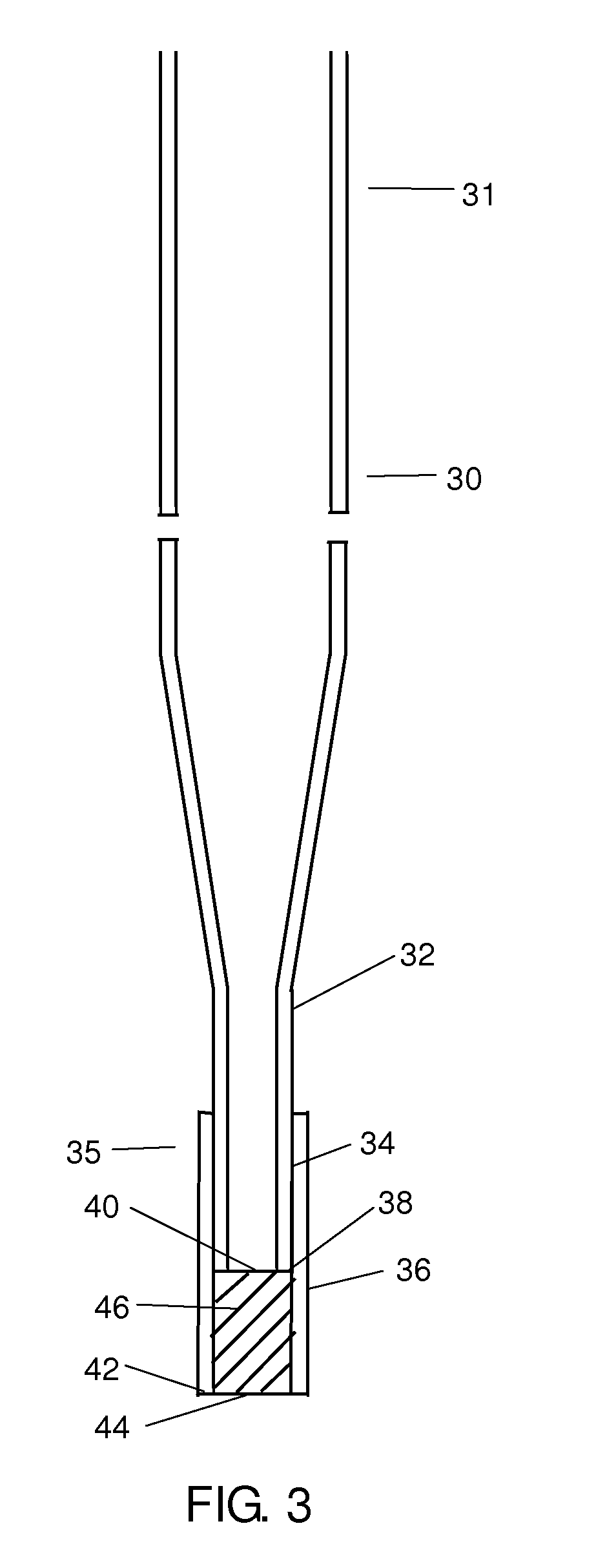Method and device for sample preparation
a sample preparation and sample technology, applied in the field of sample preparation, can solve the problems of low force, development of fully automated dna vector purification method, inability to tolerate samples containing biological debris, cell debris and cell lysate particulates, etc., and achieve the effect of preventing purification and easy plugging columns
- Summary
- Abstract
- Description
- Claims
- Application Information
AI Technical Summary
Benefits of technology
Problems solved by technology
Method used
Image
Examples
example 1
Evaluation of an 80 μL Bed Volume Pipette Tip Column Containing a PhyNexus Resin for Purification of Plasmid from Eukaryotic Cells
[0254]In this example, the performance of 80 μL, bed volume pipette tip columns is evaluated. The pipette tip column was constructed from a 200 μL, pipette tip (Tecan) and is packed with a silica-based particle resin. These columns, buffer conditions and column processing procedures are tested for the recovery of DNA plasmids from complicated samples. The yield and quality are assessed by UV spectrometry and agarose gel electrophoresis.
[0255]Samples are prepared by first growing a single yeast colony in 25 mL media supplemented with the appropriate carbon source to propagate the DNA vector. The liquid culture is incubated at 30° C. with shaking until the media becomes turbid. The culture is divided into equal aliquots and subject to centrifugation 5,000×g for 15 minutes to pellet the yeast. The supernatant is discarded and the pellets are lysed by mortar ...
PUM
| Property | Measurement | Unit |
|---|---|---|
| pore size | aaaaa | aaaaa |
| pore size | aaaaa | aaaaa |
| pore size | aaaaa | aaaaa |
Abstract
Description
Claims
Application Information
 Login to View More
Login to View More - R&D
- Intellectual Property
- Life Sciences
- Materials
- Tech Scout
- Unparalleled Data Quality
- Higher Quality Content
- 60% Fewer Hallucinations
Browse by: Latest US Patents, China's latest patents, Technical Efficacy Thesaurus, Application Domain, Technology Topic, Popular Technical Reports.
© 2025 PatSnap. All rights reserved.Legal|Privacy policy|Modern Slavery Act Transparency Statement|Sitemap|About US| Contact US: help@patsnap.com



